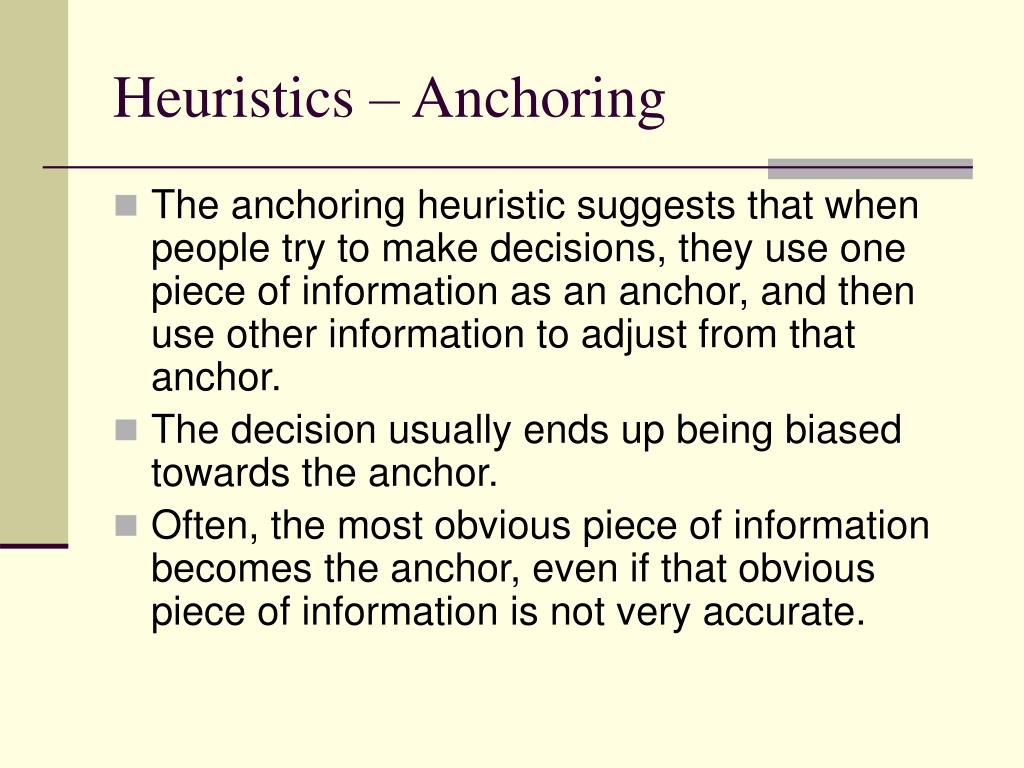

The stockless anchor, patented in England in 1821, represented the first significant departure in anchor design in centuries. The action of a stockless anchor being set Before dropping the anchor, the fishing process is reversed, and the anchor is dropped from the end of the cathead. This is known as "catting and fishing" the anchor. The crown of the anchor is then hauled up with a heavy tackle until one fluke can be hooked over the rail. Once the anchor is hauled up to the hawsepipe, the ring end is hoisted up to the end of a timber projecting from the bow known as the cathead. Handling and storage of these anchors requires special equipment and procedures. When deployed the lower arm may fold against the shank tilting the tip of the fluke upwards, so each fluke has a tripping palm at its base, to hook on the bottom as the folded arm drags along the seabed, which unfolds the downward oriented arm until the tip of the fluke can engage the bottom. The most successful of these patent anchors, the Trotman Anchor, introduced a pivot at the centre of the crown where the arms join the shank, allowing the "idle" upper arm to fold against the shank.

In the mid-19th century, numerous modifications were attempted to alleviate these problems, as well as improve holding power, including one-armed mooring anchors. When this happens, the anchor may be pulled out of the bottom, and in some cases may need to be hauled up to be re-set. Since one fluke always protrudes up from the set anchor, there is a great tendency of the rode to foul the anchor as the vessel swings due to wind or current shifts. This basic design remained unchanged for centuries, with the most significant changes being to the overall proportions, and a move from stocks made of wood to iron stocks in the late 1830s and early 1840s. The Admiralty Anchor is an entirely independent reinvention of a classical design, as seen in one of the Nemi ship anchors. As a strain comes onto the rope, the stock digs into the bottom, canting the anchor until one of the flukes catches and digs into the bottom. When the anchor lands on the bottom, it generally falls over with the arms parallel to the seabed. At the other end of the shank there are two arms, carrying the flukes, while the stock is mounted to the shackle end, at ninety degrees to the arms. The Admiralty Pattern anchor, or simply "Admiralty", also known as a "Fisherman", consists of a central shank with a ring or shackle for attaching the rode (the rope, chain, or cable connecting the ship and the anchor). History Evolution of the anchor Īn Admiralty Pattern anchor when deployed on the seafloor the stock forces one of its flukes into the bottom. In poor holding ground, only the weight of an anchor matters in good holding ground, it is able to dig in, and the holding power can be significantly higher. An anchorage location may be chosen for its holding ground. Holding ground may be fouled with obstacles. Some bottom materials hold better than others for instance, hard sand holds well, shell holds poorly. Different types of anchor are designed to hold in different types of holding ground. Holding ground is the area of sea floor that holds an anchor, and thus the attached ship or boat. The ratio of the length of rode to the water depth is known as the scope (see below). It can be made of rope, chain or a combination of rope and chain. The vessel is attached to the anchor by the rode (also called a cable or a warp). Modern anchors for smaller vessels have metal flukes that hook on to rocks on the bottom or bury themselves in soft seabed. Semi-permanent mooring anchors (such as mushroom anchors) and large ship's anchors derive a significant portion of their holding power from their mass, while also hooking or embedding in the bottom. Permanent moorings use large masses (commonly a block or slab of concrete) resting on the seabed. Anchors achieve holding power either by "hooking" into the seabed, or mass, or a combination of the two.


 0 kommentar(er)
0 kommentar(er)
